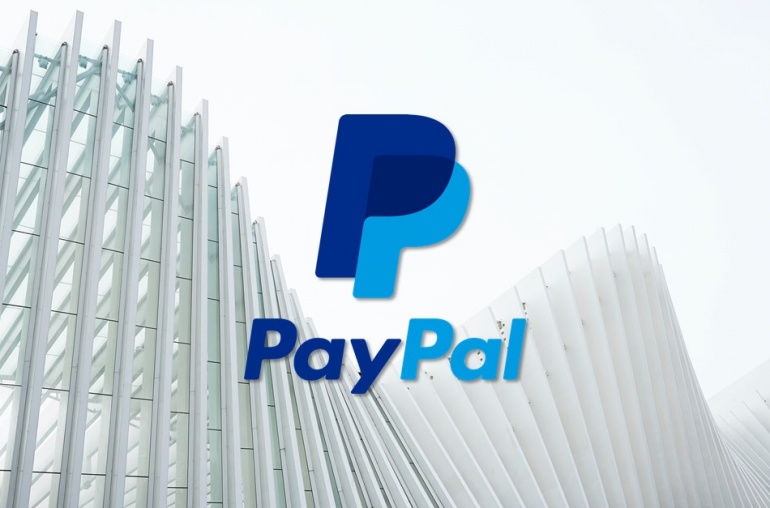
- Voyager Digital asked a federal judge to approve US$1.6 million of its funds for a “Key Employee Retention Plan”, including bonuses to 34 employees that the company claimed were vital to its continued operation and restructuring.
- U.S. Bankruptcy Judge Michael Wiles approved the bonuses and said that preventing key employees from quitting will help Voyager Digital maximize the value of its business and, in turn, maximize creditor recoveries.
In a throwback to the 2008 Financial Crisis, where embattled U.S. insurance giant AIG took government bailout money and proceeded to lavish it on employee bonuses, troubled crypto lender Voyager Digital, which is in bankruptcy proceedings, has received approval to pay out some US$1.6 million in employee bonuses.
Voyager Digital, which is currently undergoing bankruptcy proceedings in the U.S. Bankruptcy Court for the Southern District of New York, asked a federal judge to approve US$1.6 million of its funds for a “Key Employee Retention Plan”, including bonuses to 34 employees that the company claimed were vital to its continued operation and restructuring.
The bonuses are equal to 22.5% of each employee’s annual salary.
U.S. Bankruptcy Judge Michael Wiles approved the bonuses and said that preventing key employees from quitting will help Voyager Digital maximize the value of its business and, in turn, maximize creditor recoveries.
The U.S. court’s ruling will leave a bitter taste in the mouths of Voyager Digital’s customers whose cryptocurrency remains stuck on the platform and haven’t recovered any of their holdings, even as prices sink.
In a double whammy to Voyager Digital’s customers, the current rout in cryptocurrency prices against the backdrop of an increasingly hostile macro environment with rising interest rates, inflation and slowing economic growth, has meant that even those who wanted to sell out, haven’t been able to do so because their crypto remains unreachable.
But those who stashed cash with Voyager Digital have fared much better, as the firm had about US$270 million in cash in its accounts when it filed for bankruptcy, of which around 80% or US$219 million has been returned.



